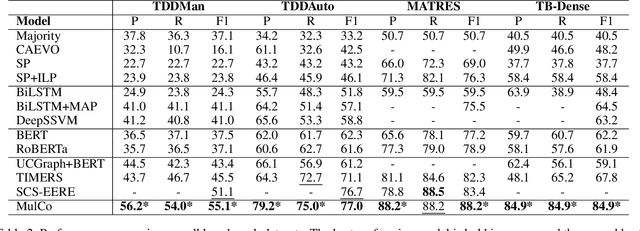Chunxiao Zhou
Estimating Agreement by Chance for Sequence Annotation
Jul 16, 2024



Abstract:In the field of natural language processing, correction of performance assessment for chance agreement plays a crucial role in evaluating the reliability of annotations. However, there is a notable dearth of research focusing on chance correction for assessing the reliability of sequence annotation tasks, despite their widespread prevalence in the field. To address this gap, this paper introduces a novel model for generating random annotations, which serves as the foundation for estimating chance agreement in sequence annotation tasks. Utilizing the proposed randomization model and a related comparison approach, we successfully derive the analytical form of the distribution, enabling the computation of the probable location of each annotated text segment and subsequent chance agreement estimation. Through a combination simulation and corpus-based evaluation, we successfully assess its applicability and validate its accuracy and efficacy.
Multi-Scale Contrastive Co-Training for Event Temporal Relation Extraction
Sep 01, 2022



Abstract:Extracting temporal relationships between pairs of events in texts is a crucial yet challenging problem for natural language understanding. Depending on the distance between the events, models must learn to differently balance information from local and global contexts surrounding the event pair for temporal relation prediction. Learning how to fuse this information has proved challenging for transformer-based language models. Therefore, we present MulCo: Multi-Scale Contrastive Co-Training, a technique for the better fusion of local and global contextualized features. Our model uses a BERT-based language model to encode local context and a Graph Neural Network (GNN) to represent global document-level syntactic and temporal characteristics. Unlike previous state-of-the-art methods, which use simple concatenation on multi-view features or select optimal sentences using sophisticated reinforcement learning approaches, our model co-trains GNN and BERT modules using a multi-scale contrastive learning objective. The GNN and BERT modules learn a synergistic parameterization by contrasting GNN multi-layer multi-hop subgraphs (i.e., global context embeddings) and BERT outputs (i.e., local context embeddings) through end-to-end back-propagation. We empirically demonstrate that MulCo provides improved ability to fuse local and global contexts encoded using BERT and GNN compared to the current state-of-the-art. Our experimental results show that MulCo achieves new state-of-the-art results on several temporal relation extraction datasets.
 Add to Chrome
Add to Chrome Add to Firefox
Add to Firefox Add to Edge
Add to Edge